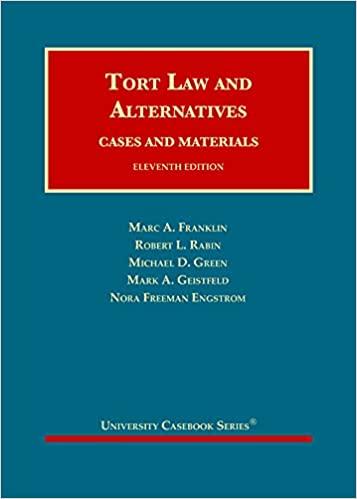Question
Case Study Study the passage below and answer the questions following the passage. Your answer should be based on the passage as well as your
Case Study
Study the passage below and answer the questions following the passage. Your answer should be based on the passage as well as your understanding of the problem.
India's economic transition from 1947 to 1997 is the study in the ephemeral nature of all ideologies. The first plan concerned on agriculture. Today, it is not considered a plan document at all, but a mere implementation programme of whatever was chalked out by the All India Congress Committee in 1936. It was the Second plan that emphasized the growth of the capital-intensive industry. India set out to make machines Self reliance was the watchword. The reduction of inequalities in income and wealth was the gospel. Import substitution was to be the aim. The goal of economic policy was declared to be a restraint on consumption so as to keep in check domestic inflationary pressures and to release resources required for investment.
Unlike the East Asian countries, which used state intervention to build strong private sector industries, India, under Nehru, opted for state control over key industries. Such control was tightened under Indira Gandhi, whose slogan Garibi Hatao was utilized to secure nationalization of banks and impose price control and restrictions on trade and also led to the squeezing out of foreign investments. The "quota permit-licence raj" saw the waning of lndia's intluence abroad. Massive foreign aid through PL-480 failed to create prosperity. It was the green revolution of the 1970s that led to India becoming self-sufficient in foodgrains for the first time despite the steep increase in population.
The fiscal deficit and spending boom of the Rajiv Gandhi years (1985-89) resulted in wiping of forcing exchange reserves. Controls were gradually relaxed, and consumerism entered the economic field in the 1980s. Public sector units, hailed as "Temples of Modern India" by Nehru, were seen to be eating vital resources. Import substitution policies were seen to be preventing global competition and India was not able to exploit its inherent advantage of cheap labour force and competent body of engineers who chose to migrate abroad because of protectionist policies. The change came about in the wake of foreign exchange crisis of 1991. The New Economic Policy (NEP) ensured delicencing of industries, a radical lowering of customs tariff and civilized tax rates. Such vital sectors of industry power, steel, oil refining, air transport, telecommunication, ports and mining were opened up to the private sector. Foreign investment was permitted, on certain conditions even up to 100% participation. The state changed its role from that of a principal investor to one of a facilitator of entrepreneurship.
The old national consensus on socialism has yielded place in favour of liberalisation. The strategy of India's industrializations did not change much more from independence to 1990. It is only since 1991 that thought is being bestowed for a host of economic reforms. In the second generation reforms, further autonomy is being given to industries by establishing regulatory authorities, commissions and other boards. The IT boom has changed the social, economic and cultural dynamics of the country at faster lanes. Environmental clearances became mandatory and entrepreneurs are now required to go for green technology. Life style of society is also changing. There is big rush for white goods. Consumers are moving from traditional foods to fast foods, traditional tailor made clothing to readymade garments, traditional shops to Malls and Plaza. Young generation is also moving from traditional education to professional education. Number of Indian companies in the list of Fortune 500 companies of the world is growing. More and more Indian companies are becoming multinational companies. Mergers and acquisitions by domestic companies in foreign countries are becoming the game of the day. Culture of public enterprise management is also changing. Now they are being categorized as Maharatna, Navratna and Miniratna public enterprises to make them more competitive, accountable, viable and efficient. Nehru spoke of India's tryst with destiny. He also noted on the last day of his life. "I have miles to go before I sleep". India's reform agenda has just begun. We have a long way to go.
Questions:
(a) Comment upon the transition perspective of business environment of the country.
(b) What are the reasons for people talking against "quota permit-licence raj?
(c) Has green revolution solved India's problem of poverty?
(d) What kind of gap is foreign investment expected to fulfil?
(e) Do you satisfied with the present business environment of the country?
Step by Step Solution
There are 3 Steps involved in it
Step: 1

Get Instant Access to Expert-Tailored Solutions
See step-by-step solutions with expert insights and AI powered tools for academic success
Step: 2

Step: 3

Ace Your Homework with AI
Get the answers you need in no time with our AI-driven, step-by-step assistance
Get Started


